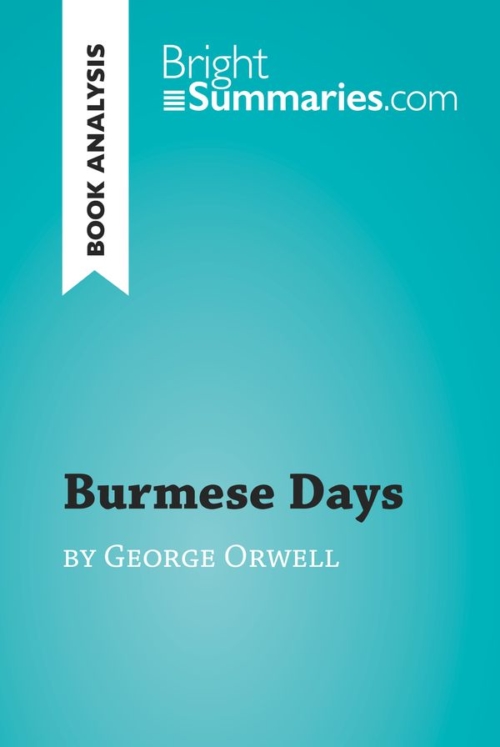Kim by Rudyard Kipling (Book Analysis)
Kim by Rudyard Kipling (Book Analysis)
Detailed Summary, Analysis and Reading Guide
Read more
This practical and insightful reading guide offers a complete summary and analysis of Kim by Rudyard Kipling. It provides a thorough exploration of the novel’s content and main themes, as well as a useful introduction to the historical context in which it was written. The clear and concise style makes for easy understanding, providing the perfect opportunity to improve your literary knowledge in no time.
This clear and detailed 50-page reading guide is structured as follows:
- Biography of Rudyard Kipling
- Presentation of Kim
- Summary of Kim
- Character study
- Kim
- Teshoo lama
- Mahbub Ali
- Colonel Creighton
- Analysis of Kim
- Historical context
- Contrast and unity
- Fantasy and logic
- Colonialism and race
About Kim
Kim is one of Kipling’s best-known works, and one of the most highly regarded books written about British India. It follows the title character as he accompanies a Buddhist holy man, Teshoo lama, on his quest for spiritual enlightenment and becomes increasingly involved in the work of the British Intelligence Service. The novel provides a vivid and memorable depiction of India’s immense natural beauty, as well as the political and social tensions that simmered in the country in the 19th century.
About Rudyard Kipling
Rudyard Kipling was an English novelist, poet and short story writer, and was one of the most influential writers of his generation. He first garnered recognition for his writing while living in India, which at that time was a British colony, before moving back to England, where his reputation only grew. In 1907, he became the first English-language writer to receive the Nobel Prize in Literature for his “power of observation, originality of imagination, virility of ideas and remarkable talent for narration”. However, he has also been criticized for his celebration of European imperialism and his belief that white people had a duty to “civilize” other nations, as expressed in his 1899 poem “The White Man’s Burden”.
Product details
| ISBN | 9782808016766 |
|---|---|
| Publisher | Plurilingua Publishing |
| Collection | Brightsummaries.com |
| Format | |
| Pages | 50 |
| File size | 2.1 MB |







